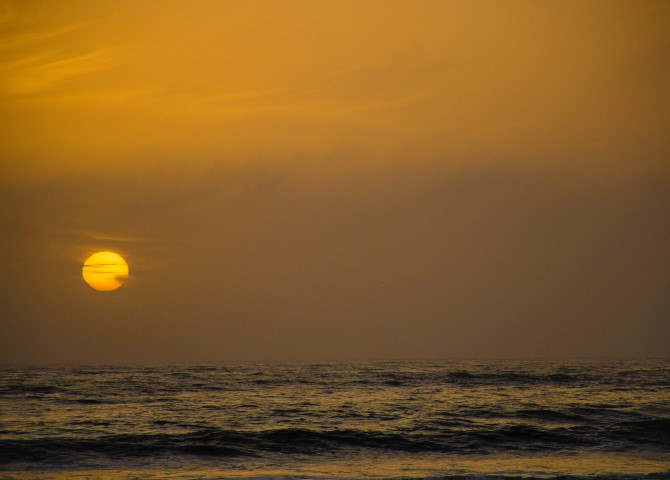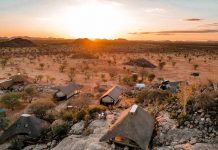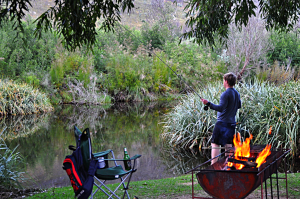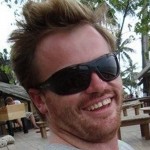
Namibia is so large and diverse that photographs cannot capture its magnitude but hopefully these images will motivate you to pack your bags and venture into the unknown
The Namib Desert
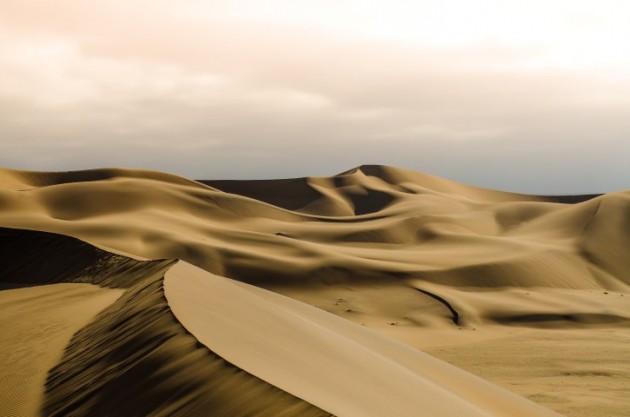
With sand stretching as far as your imagination, the Namib Desert’s allure is difficult to resist. It’s the world’s oldest desert, eerily desolate and immeasurably beautiful. Both humbling and grounding, it’s a special place that invites you to reflect on your life.
The dune belts in this area are home to massive sand dunes. However, even larger sand dunes are to be found in southern Namibia at Sossusvlei, where you will find a dune aptly named ‘Big Daddy’, standing at least 325 metres high. Good luck climbing that one!
Swakopmund
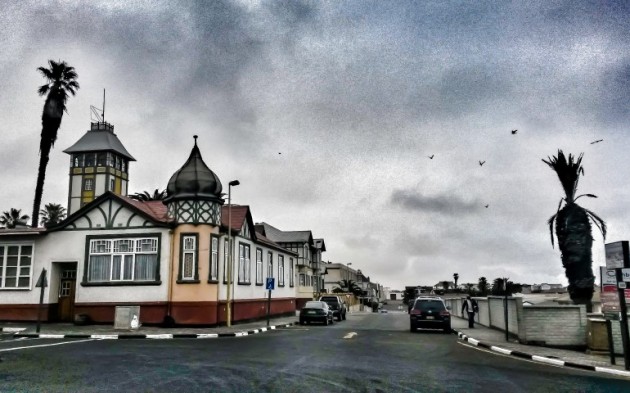
If it’s fine German cuisine and beer you’re after, then Swakopmund is the place to fill your belly and quench your thirst after a day in the desert. Situated on the Atlantic coast some 280km west of Windhoek, nearly 45 000 people call Swakopmund home. The German colonial town was founded in 1892 as the main harbour for what is now Namibia. The German translation for Swakopmund is “Mouth of the Swakop”, which refers to the Swakop River mouth south of the town. Many of the buildings showcase fine German architecture and there’s lots to see and do. But first, have a beer!
Willys Jeep in the Desert
Somewhere in the Namib Desert, in a dune belt known as Rooibank, lies a fascinating piece of steel.
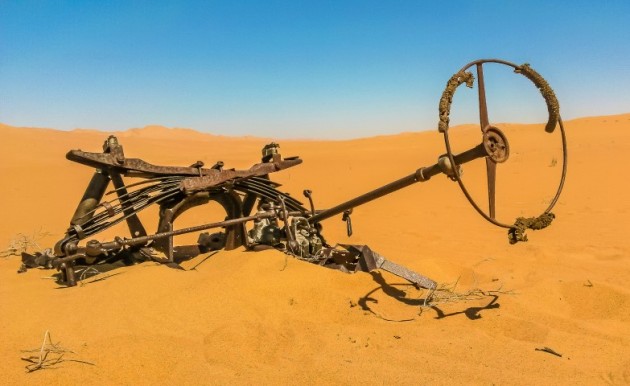
Don’t ask me exactly where because I’m not sure, but it’s out there, somewhere. A local guide told me the vehicle broke down in the desert decades ago and was never recovered. What intrigues me about this photograph is how the desert reduces and reclaims everything. I love how the steering wheel trim is hanging on for dear life. How could a car could be reduced to this? The answer still eludes me.
Shipwreck Zeila, Skeleton Coast
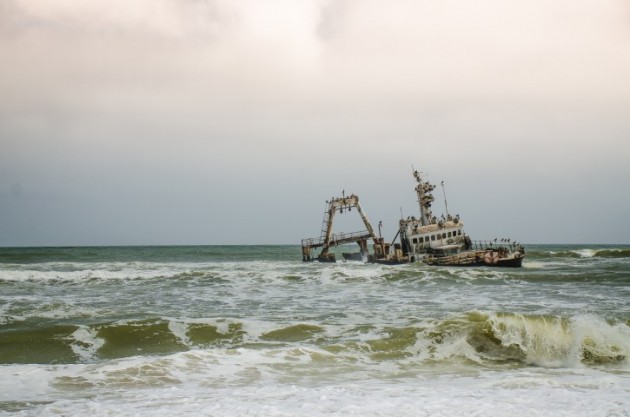
Between Swakopmund and Henties Bay on the Skeleton Coast is another fine example of nature reclaiming a man-made object – a fishing trawler, Zeila, stranded on August 25, 2008. It’s one of many shipwrecks to be found on the Skeleton Coast.
Zeila was a scrap vessel bound for Bombay, India, but came loose from its towing line near Walvis Bay and drifted north to its final resting place. Locals said it took several hours for authorities to locate the missing vessel as the incident happened at night. She was only discovered when she finally ran aground. Hundreds of seabirds now use Zeila’s decaying shell as a nesting site. Notice the barreling wave in the foreground …
Goanikontes Oasis, Namib-Naukluft National Park
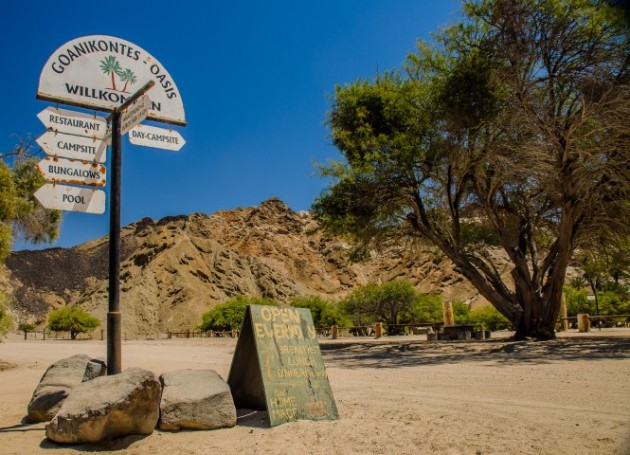
The Namib-Naukluft National Park is Africa’s largest game park and the world’s fourth largest. Within the park – 40km east of Swakopmund – is an area known as the Moon Landscape due to the darker tones of this Damara Granite landscape formed some 460-500 million years ago. Goanikontes Oasis in the Moon Valley is alongside the dry Swakop riverbed.
The name Goanikontes is of Nama origin, meaning: ‘The place where you can remove your fur coat.” Historically, Goanikontes was a rest stop for people travelling to and from Windhoek. In the 1750s the Swakop River served as an oasis for the Herero and Nama tribes making it the perfect place to raise cattle. The first white settlers arrived in 1849 and traded cattle with the local tribes. My late grandmother farmed the land in the Goanikontes Oasis area, but that’s a story for another day.
The 1903 farmhouse in Goanikontes now serves cold beer and delicious meals. It’s well worth a visit, and another beer.
The Ocean
Apart from sand, Namibia also has waves in abundance and if you’re a surfer, with an adventurous spirit, then there’s a wave in Namibia with your name on it. Namibia was, and still is, a largely unexplored surfing destination and with the discovery of the now-famous Donkey Bay a few years back, surfers regularly flock to Namibia to experience the magical wave of the Donkey.
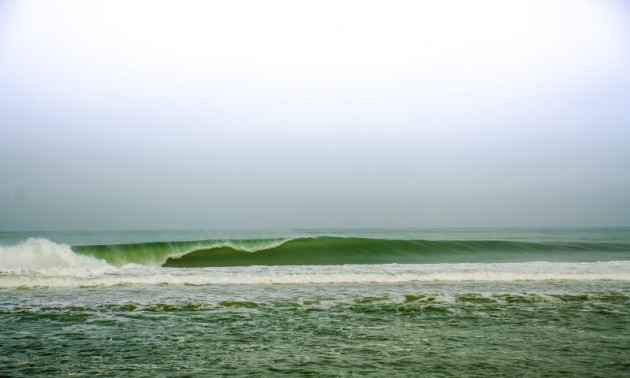
Many surfers consider Donkey Bay to be the most perfect wave in the world, and if you consider the ridiculously long barrel rides surfers have scored there, they can only be right. There is no other wave in the world that gives a surfer so much time behind the curtain. Sure, Donkey Bay is awesome when it’s cranking and looking at the photograph (right), it’s enough to make any surfer’s knees buckle with stoke. Or is it?


